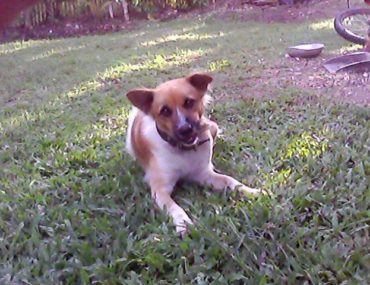No, breaking a horse has nothing to do with harm. This refers to conditioning the animal so you can ride on it. The horse may be a traditional means of transportation, but young equines do not readily accept saddles on their backs. Here are tips for breaking a horse so it can be useful for activities such as raising livestock and competing at events.
Spend Much Time with the Foal
The bond between a human and a horse begins even before the latter reaches the age for training. Domestic horses do not treat all people equally. You must earn its trust first so your pet would follow commands readily. If the equine sees you as a friend, it would also stay as calm as possible when training becomes rather rough.
Pat the foal’s neck and even groom it lightly when it starts feeling comfortable while away from the mare’s side. You may also teach it to be familiar with certain calls for a variety of commands. Maximum exposure of the foal to other people helps it become accustomed to horseback riding later on.
Begin With Lunging
When the colt reaches two years of age, you may now teach it to wear the saddle and reins. Before anything else, do some lunging as the first step in its training.
Lunging becomes possible when you place a headgear known as a halter on the colt. This is different from a bridle, which an equine wears while you are atop it. You use a halter in exercises that do not involve riding the horse. Once the halter is in place, attach a long rope to it so you can start lunging.
Hold the rope and guide the horse as it walks around you in a rather wide circle. Be sure to wear gloves as the unpredictable colt may try to run off while the rope is still in your hand. Rope burns would make you lose the grip. If the colt feels hesitant in walking, guide it with a long and thin stick. You may tap the young horse gently but do not hit it hard. The equine may not get the hang of lunging immediately so stay patient.
When the colt successfully walks in a circle, lunging should become a routine habit. Then you may train it with commands for stopping, moving again, and turning direction. Make a distinct noise when the horse does something that you do not want. The equine would get its meaning eventually and obey you. Reward the horse with pats to the neck and treats when it fulfills the tasks.
Proceed with Leading
Move on to leading after the colt gains mastery with lunging. The two activities are similar except that you will walk beside your horse this time. Continue to use the halter and the long rope. Now shorten the rope’s length by coiling it, and guide the equine in taking a stroll together. Keep on teaching the colt to halt and make turns along the way.
The young horse might try to bump into you, or push you away. During this instance, just make the familiar noises for restraining the animal’s undesirable action. You may stop leading for a while if the colt persists with this behavior. Just resume when the horse is more cooperative.
Introduce the Horse to the Gear
You may now teach the equine to be accustomed with the saddle and other equipment after it gets the hang of lunging and leading. Do this by putting a saddle on the horse’s back, waiting for a few seconds, and then removing it. Repeat the activity until your pet always keeps calm. Gradually increase the time that your horse wears the saddle, and begin placing additional gear such as the bridle as well.
The steps in breaking a horse include bonding with the foal, lunging, leading, and finally training it to be comfortable with the gear. Bear with the colt if it struggles in doing the tasks. Patience is always your key to success. Avoid too much training and be sure to provide ample time for the horse to relax.





Comments are closed.